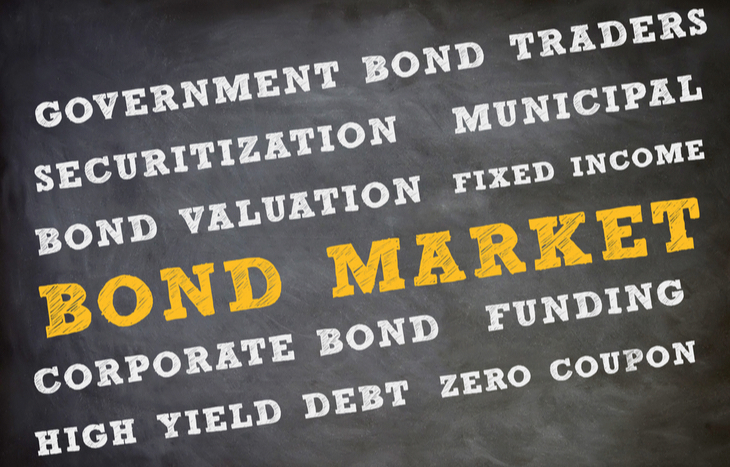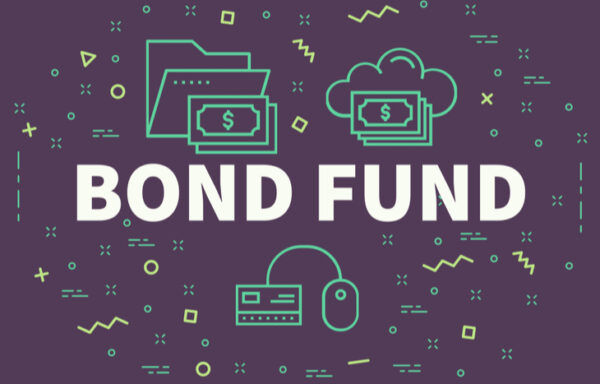What is a Bond Valuation?
When a government or corporation issues a bond, it does so with a specific par value and interest rate. Once in the market, those values don’t change; however, the value of a bond can change depending on its worth relative to changing market interest rates. As investors buy and sell bonds amidst changing interest rates, they need to know how much to buy or sell them for at a discount or a premium to their par value.
Determining a bond’s current valuation requires investors to assess the many characteristics of a bond: namely, expected future coupon payments and the bond’s value upon maturity. Measuring this information against current market interest rates helps determine the bond’s fair market value for sellers, as well as the rate of return needed to make the investment worth it for buyers.
Here’s a breakdown of bond valuation: what it is, how to calculate it, what it means and how to use that information.

Factors Involved in Bond Valuation
To begin thinking about the current value of a bond, investors need to collect a few key pieces of data—most of which should be very apparent. Here’s what you’ll need to properly valuate a bond:
- Par value: The face value of the bond, redeemable at the maturity date.
- Coupon rate: The percentage of par value paid out as bi-annual interest payments.
- Maturity. The term of the bond or amount of time remaining until it’s redeemable.
In addition to these bond-centric characteristics, you’ll also need to know the prevailing interest rate. Each of these factors helps establish the present value of the bond vs. its future value based on current market conditions.
Calculating Bond Present Value
Present value is the current value of a future sum of money. In the case of bond valuation, it’s used to show how much the bond would net the holder when redeemed in the future.
Calculating the present value of a bond involves looking at two core figures: the present value of the coupon payment and the present value of the par value. Adding these figures together gives investors the bond’s present value: how it stacks up against the par value based on prevailing interest rates. The formulas for both of these figures are below:
PV coupons = ∑ C / (1+r)n
PV face = F / (1+r)T
- C = future coupon payment
- r = yield to maturity
- F = face value of the bond
- n = number of periods
- T = time to maturity
An Example of Bond Valuation
To put the above formula in context, it’s best to see it through the lens of an example. Assume that we’re talking about a 5-year bond with a par value of $1,000 and an interest rate of 10%. Also assume that the current prevailing market interest rate is 8%, and that this bond is likely to sell for a premium as a result. It’s best to use a financial calculator.
In this example, the present value of coupon payments would be $399.27 and the present value of the par value is $680.58. Adding these figures together puts the present value of the bond at $1,079.86. This bond trades at a premium to its par value—rightfully so, since it has a higher interest rate than the current prevailing rate.
What About Zero-Coupon Bonds?
Determining the current value of a zero-coupon bond is actually simpler than traditional bonds because there aren’t any coupon payments to factor in. Instead, investors only need to find the present face value. Because institutions issue these bonds at a steep discount, the difference between the purchase price and the bond’s par value represents the “interest” earned.
Bond Values are Inversely Related to Interest Rates
When determining bond valuation, investors can expect to see an inverse relationship between prevailing interest rates and the value of a bond. As interest rates fall below the coupon rate of a bond, that bond’s value will rise and sell for a premium. If interest rates rise above the coupon rate of a bond, that bond’s value will drop and it’ll sell at a discount. How much of a premium or discount depends on the bond’s present value.
Bond Rating Plays a Role
So far, we’ve discussed bond values through the lens of quantitative values. However, bond rating is a qualitative factor that can affect the market rate of a bond. The creditworthiness of a bond issuer (or lack thereof) can have an impact on the riskiness of the bond, which further impacts the price investors are willing to pay for that bond in secondary markets. While par value and coupon rate are still static, investors may find themselves paying more or less for a bond based on its rating, which can affect total return.
Bond Valuations are Always Changing
Bond values will change daily with market activity. While swings in bond value won’t be all too dramatic, they’ll nevertheless change in ways that can make some bonds more appealing than others. As sellers seek liquidity and buyers seek attractive coupon payments, the two need to agree on bond valuation. Calculating the present value puts both parties on the same page.
For those seeking to capitalize on bonds, it’s critical to understand the concept of valuation. While the sum of a bond’s variables can be attractive, like a high coupon rate, the true value of a bond comes from knowing what it’s worth if you hold it to maturity.





